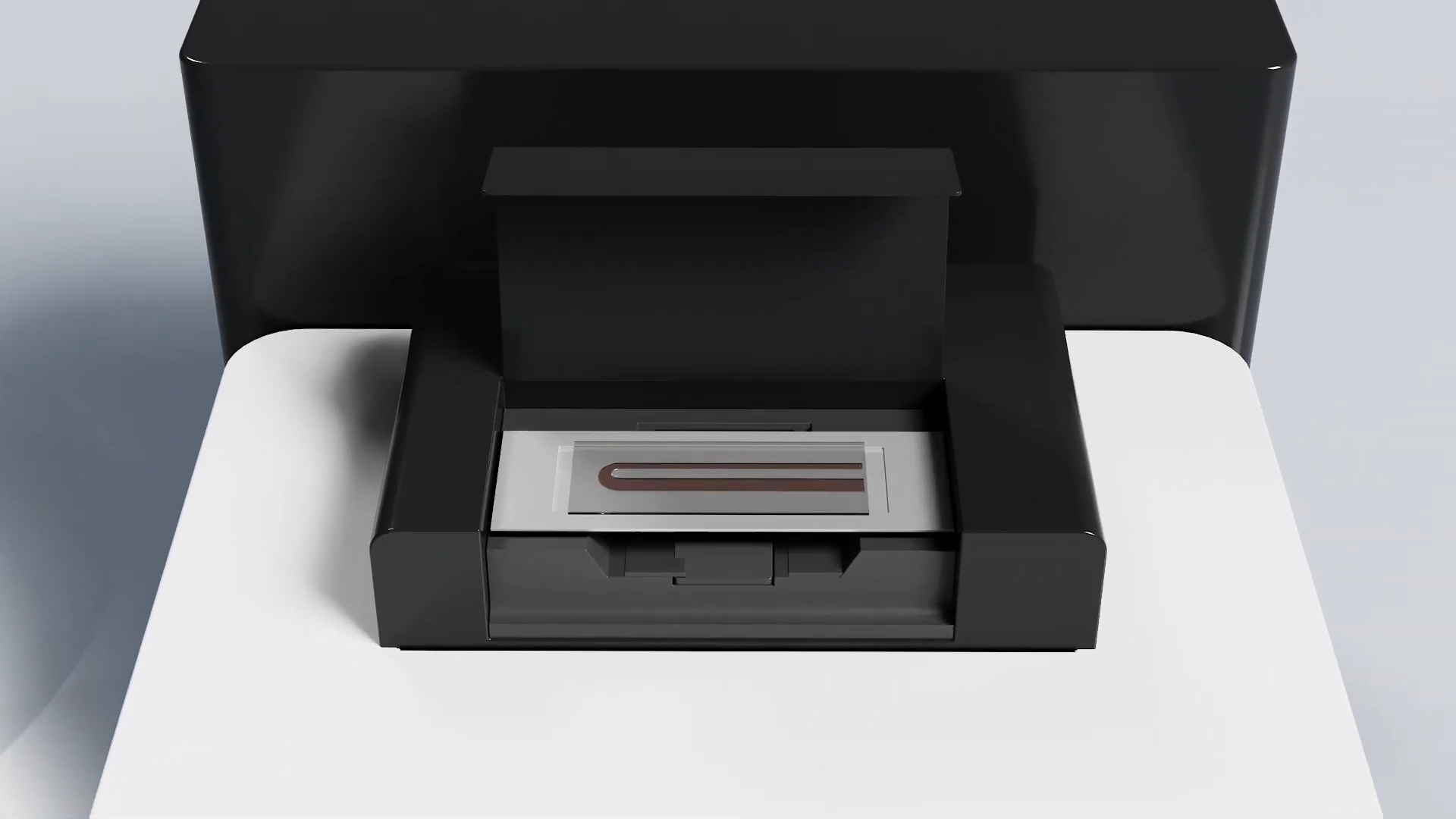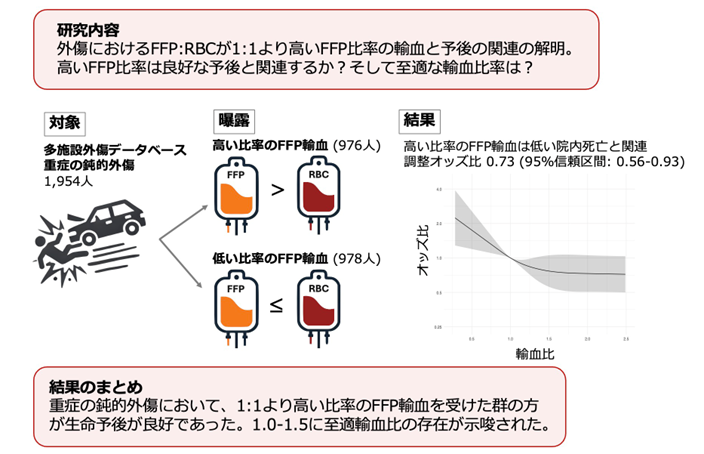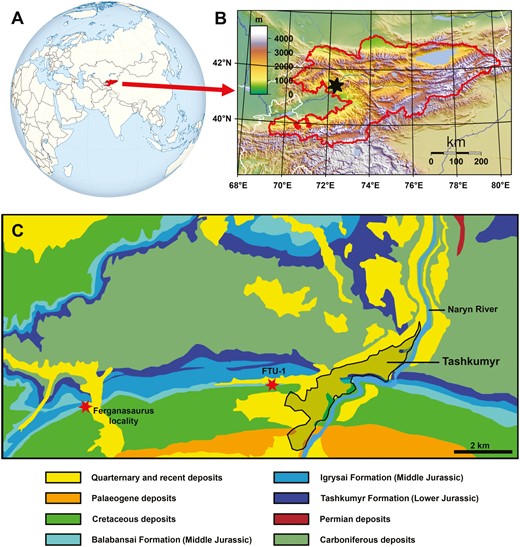2024-08-22 オランダ・デルフト工科大学(TUDelft)
 Illustration of the sequencer that reads out millions of DNA codes simultaneously.
Illustration of the sequencer that reads out millions of DNA codes simultaneously.
<関連情報>
- https://www.tudelft.nl/en/2024/tnw/new-sparxs-technique-reveals-dna-behaviour-at-unprecedented-speed
- https://www.science.org/doi/10.1126/science.adn5968
配列空間にわたる1分子の構造および動力学的研究 Single-molecule structural and kinetic studies across sequence space
Ivo Severins, Carolien Bastiaanssen, Sung Hyun Kim, Roy B. Simons, […], and Chirlmin Joo
Science Published:22 Aug 2024
DOI:https://doi.org/10.1126/science.adn5968
Editor’s summary
Single-molecule techniques are powerful for studying complex dynamics but usually examine only a few samples at a time. A comprehensive understanding of biological processes often requires the study of a large sequence or chemical space. Two groups of investigators have now combined single-molecule fluorescence microscopy with next-generation sequencing, allowing for highly multiplexed observations of the dynamics of millions of individual molecules covering thousands of distinct samples. Rivera et al. used a method dubbed MUSCLE (for “multiplexed single-molecule characterization at the library scale”) to study interactions between Cas9 and target DNAs, exploring a large sequence space to identify a number of target sequences with unexpected behaviors. Severins et al. applied their method, called SPARXS (for “single-molecule parallel analysis for rapid exploration of sequence space”), to analyze a key DNA structure in homologous recombination, revealing sequence-dependent dynamics that were captured in a comprehensive thermodynamic model. —Di Jiang
Abstract
At the core of molecular biology lies the intricate interplay between sequence, structure, and function. Single-molecule techniques provide in-depth dynamic insights into structure and function, but laborious assays impede functional screening of large sequence libraries. We introduce high-throughput Single-molecule Parallel Analysis for Rapid eXploration of Sequence space (SPARXS), integrating single-molecule fluorescence with next-generation sequencing. We applied SPARXS to study the sequence-dependent kinetics of the Holliday junction, a critical intermediate in homologous recombination. By examining the dynamics of millions of Holliday junctions, covering thousands of distinct sequences, we demonstrated the ability of SPARXS to uncover sequence patterns, evaluate sequence motifs, and construct thermodynamic models. SPARXS emerges as a versatile tool for untangling the mechanisms that underlie sequence-specific processes at the molecular scale.


